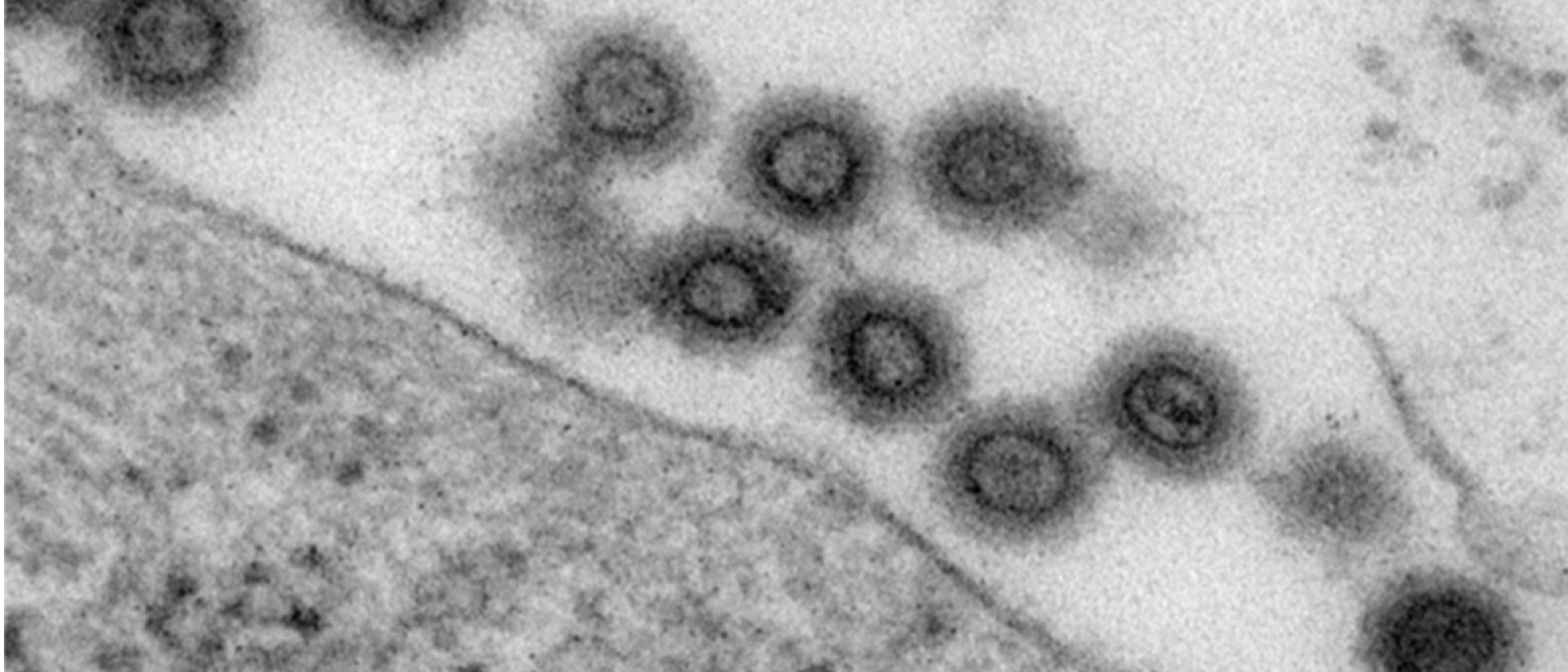Now, scientists may be able to disable the antivirus system, based on new findings from researchers at Columbia University Vagelos College of Physicians and Surgeons.
Led by Stephen P. Goff, PhD, the researchers identified a molecule that activates the antiviral system in the cell nucleus, a finding that could have widespread impact, from new antiviral drugs to more effective gene therapies and simpler laboratory techniques for scientists.
The study was published online Nov. 28 in the journal Nature.
Cell Nucleus Silences Foreign DNA
Scientists have known for decades that our cells silence pieces of foreign DNA that are inserted—by a virus or a scientist—into the cell nucleus. The silencing prevents foreign genes from being expressed (at least until the virus, or scientist, can integrate the foreign DNA into the cell’s genome).
“The system seems to recognize all incoming DNA, including DNAs introduced into cells artificially,” says Goff, who is the Higgins Professor of Microbiology & Immunology and Biochemistry & Molecular Biophysics at Columbia University Vagelos College of Physicians and Surgeons.
“Almost all experiments scientists do these days involve inserting DNA into cells, so the antiviral system limits that.”
CRISPR Screen Identifies Chief Silencer
In the study, Goff and his team screened the human genome for genes involved in silencing viral DNA by using CRISPR gene-editing techniques to knock out genes one at a time in human cells. They homed in on five genes and showed that one of them, NP220, is the ringleader of the others. NP220 produces a protein that binds to foreign DNA and then recruits the other proteins to silence the DNA.
Disabling NP220 in human cells increased the ability of viruses to replicate inside the cells.
“Now that we understand how cells attempt to silence foreign DNA, we may be able to make this mechanism even better,” Goff says. “NP220 itself wouldn’t be suitable as an antiretroviral drug—it is too large to easily deliver into cells—but there may be small molecules that increase its expression or activity.”
Gene Therapy Applications
In an accompanying Nature commentary, Parinaz Fozouni and Melanie Ott of the University of California, San Francisco, wrote that this study also “might inspire new ways to prevent the silencing of foreign DNA for use in gene therapy applications.”
In most gene therapy research, genes are delivered by viruses. “The NP220 system restricts that delivery, so there’s a lot of interest in inhibiting this system to improve gene delivery,” Goff says.
But the most immediate application, Goff thinks, will be to improve lab techniques for gene delivery. Inhibiting NP220 or its partners could enhance the expression of DNAs introduced into cells, reducing the amount of DNA and the number of cells needed to assay gene functions.
References
More Information:
Stephen P. Goff, PhD, also is an investigator with the Howard Hughes Medical Institute.
The paper is titled, “NP220 mediates silencing of unintegrated retroviral DNA.” The other contributors are: Yiping Zhu, Gary Z. Wang, and Oya Cingöz (all at Columbia University Irving Medical Center).
This work was supported by grants from the Howard Hughes Medical Institute and the National Institutes of Health (R01CA30488).
The authors declare no conflicts of interest.

